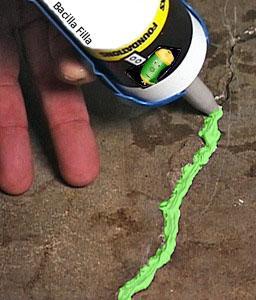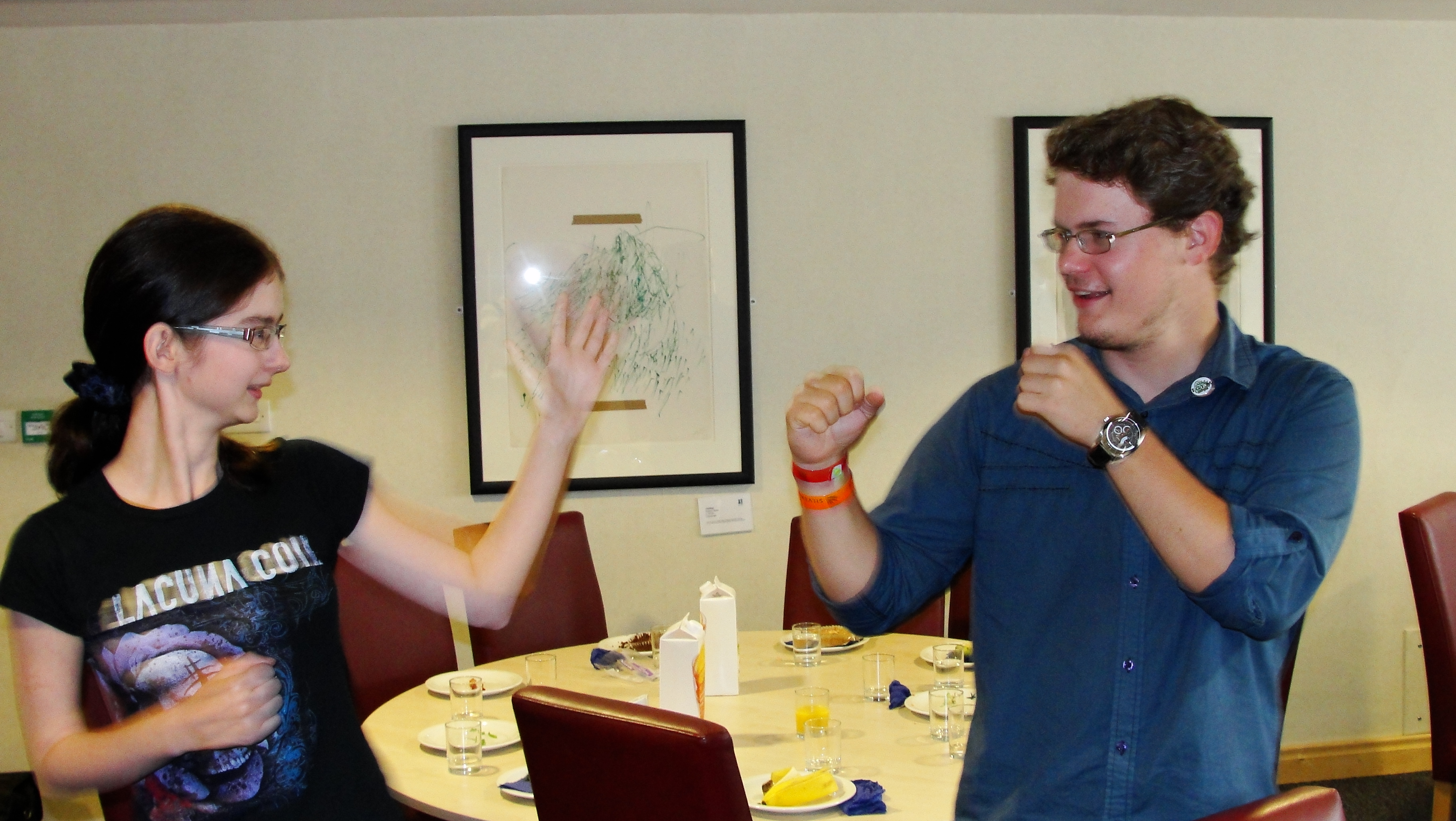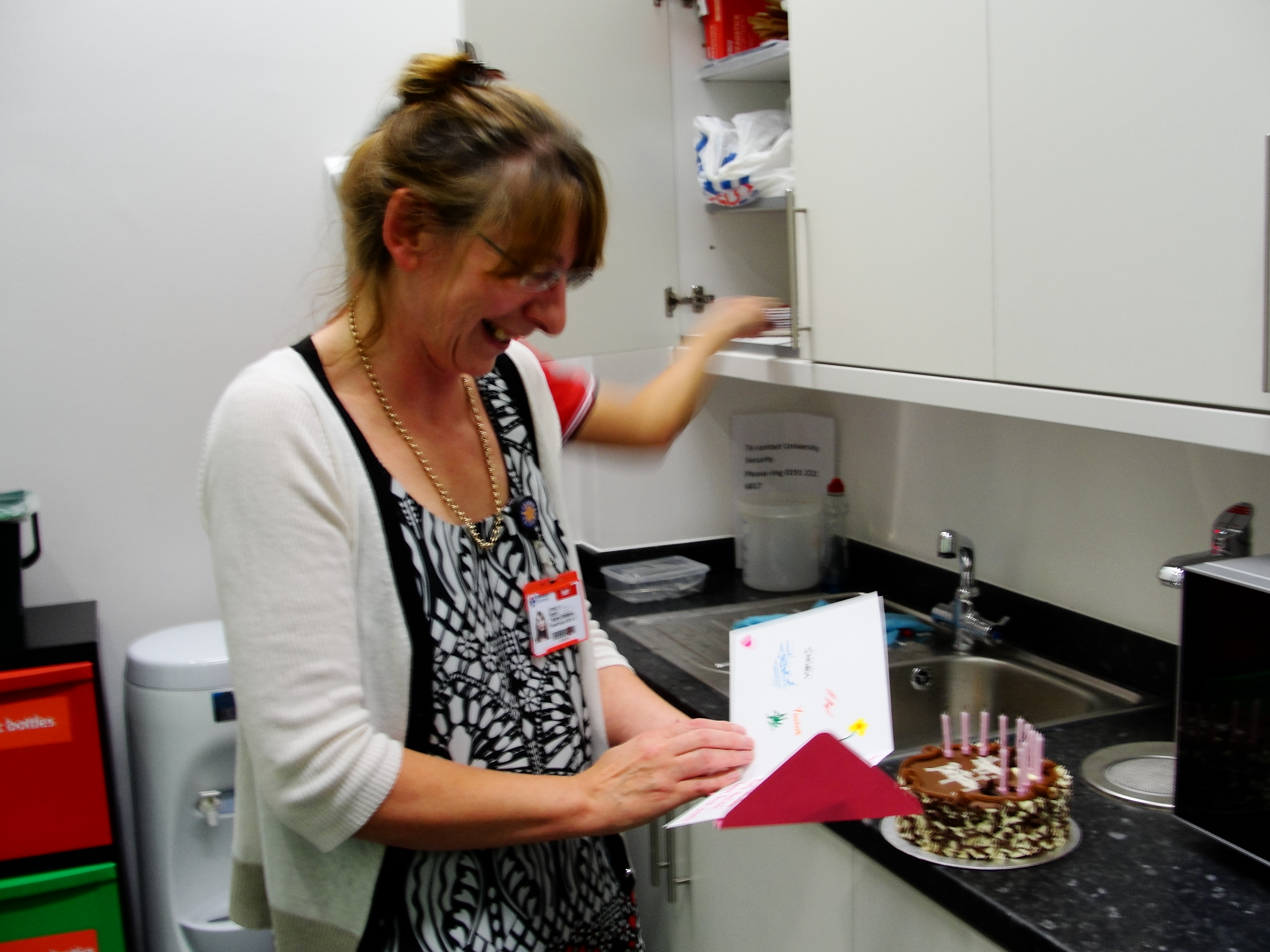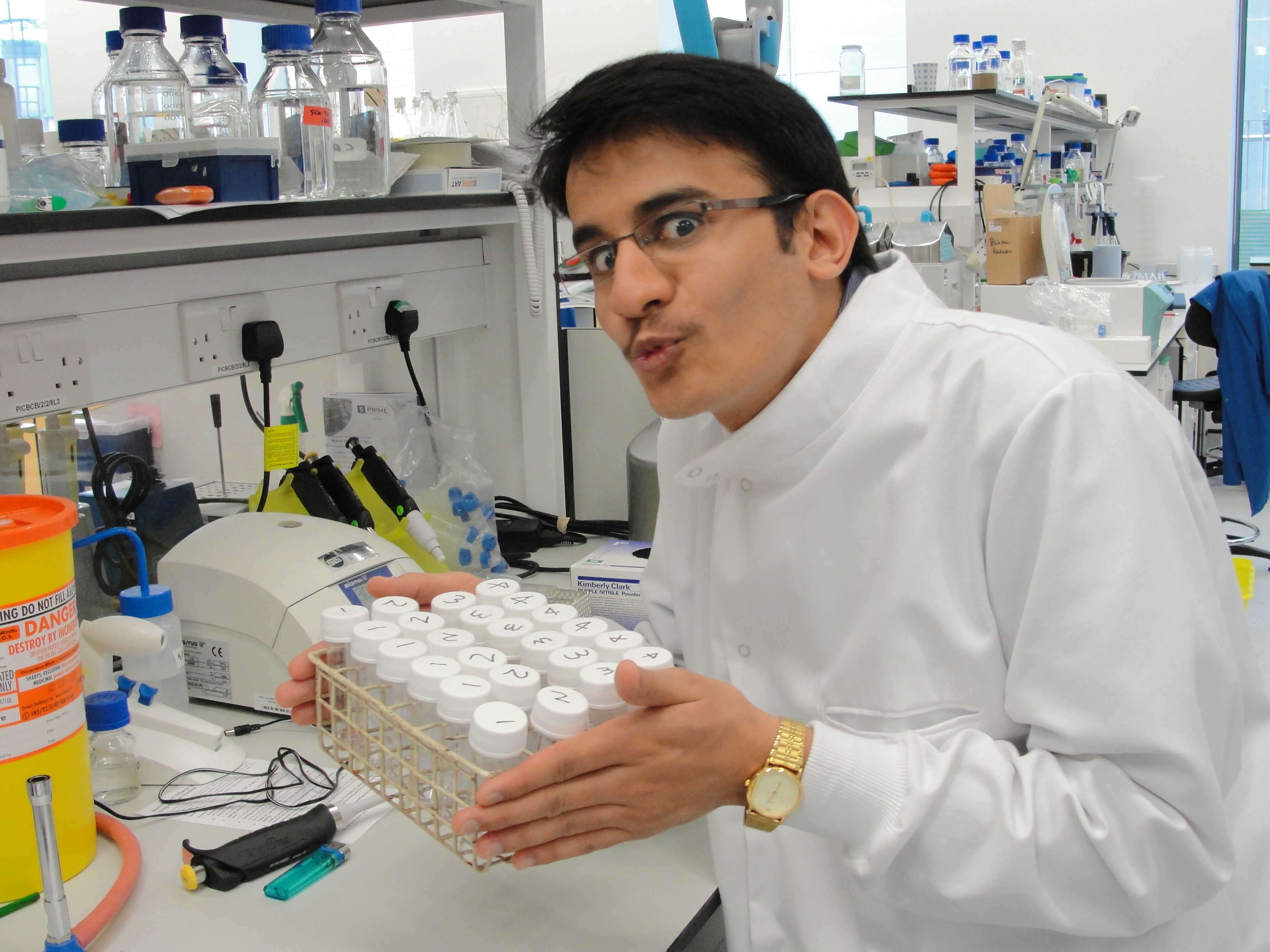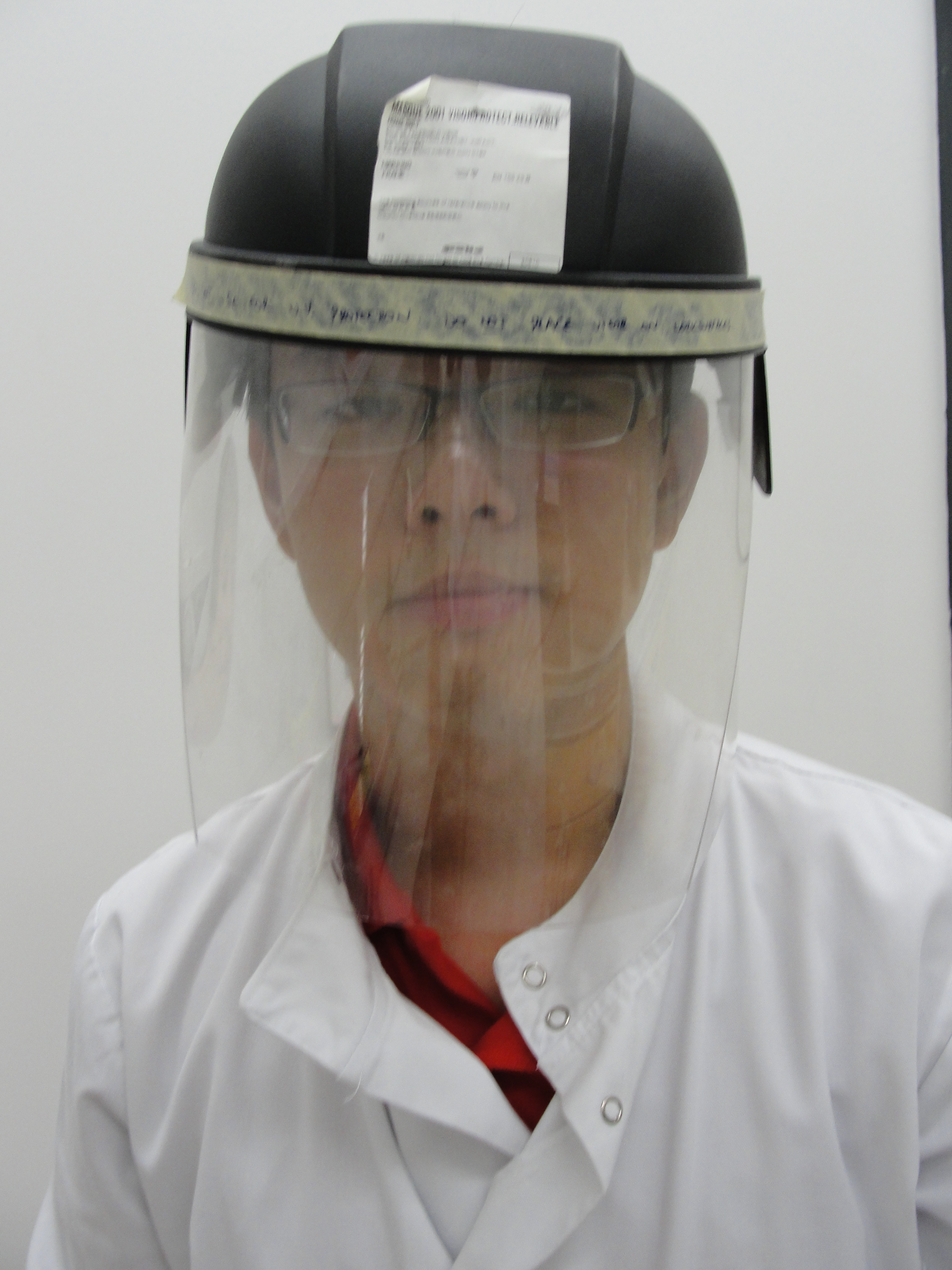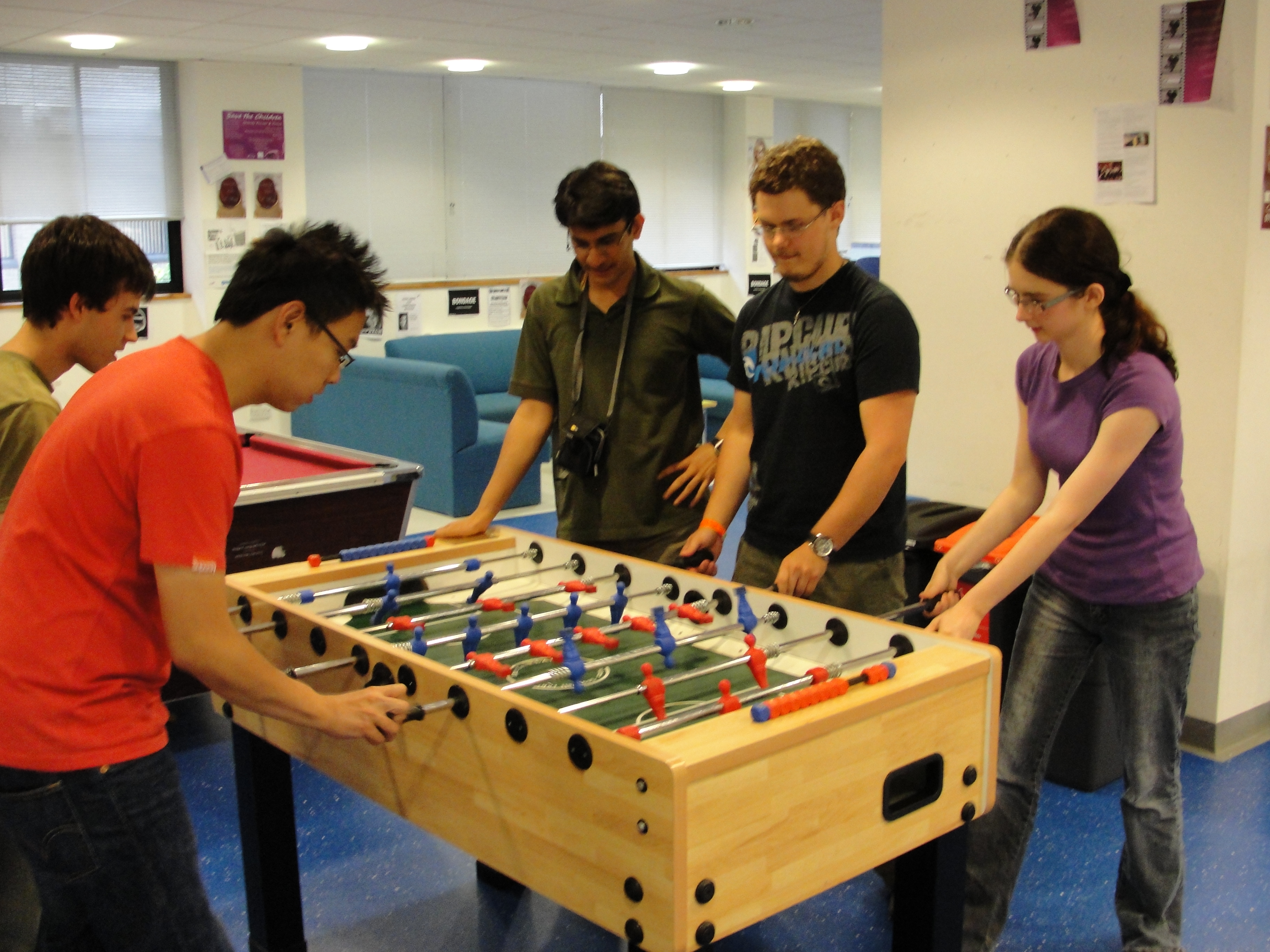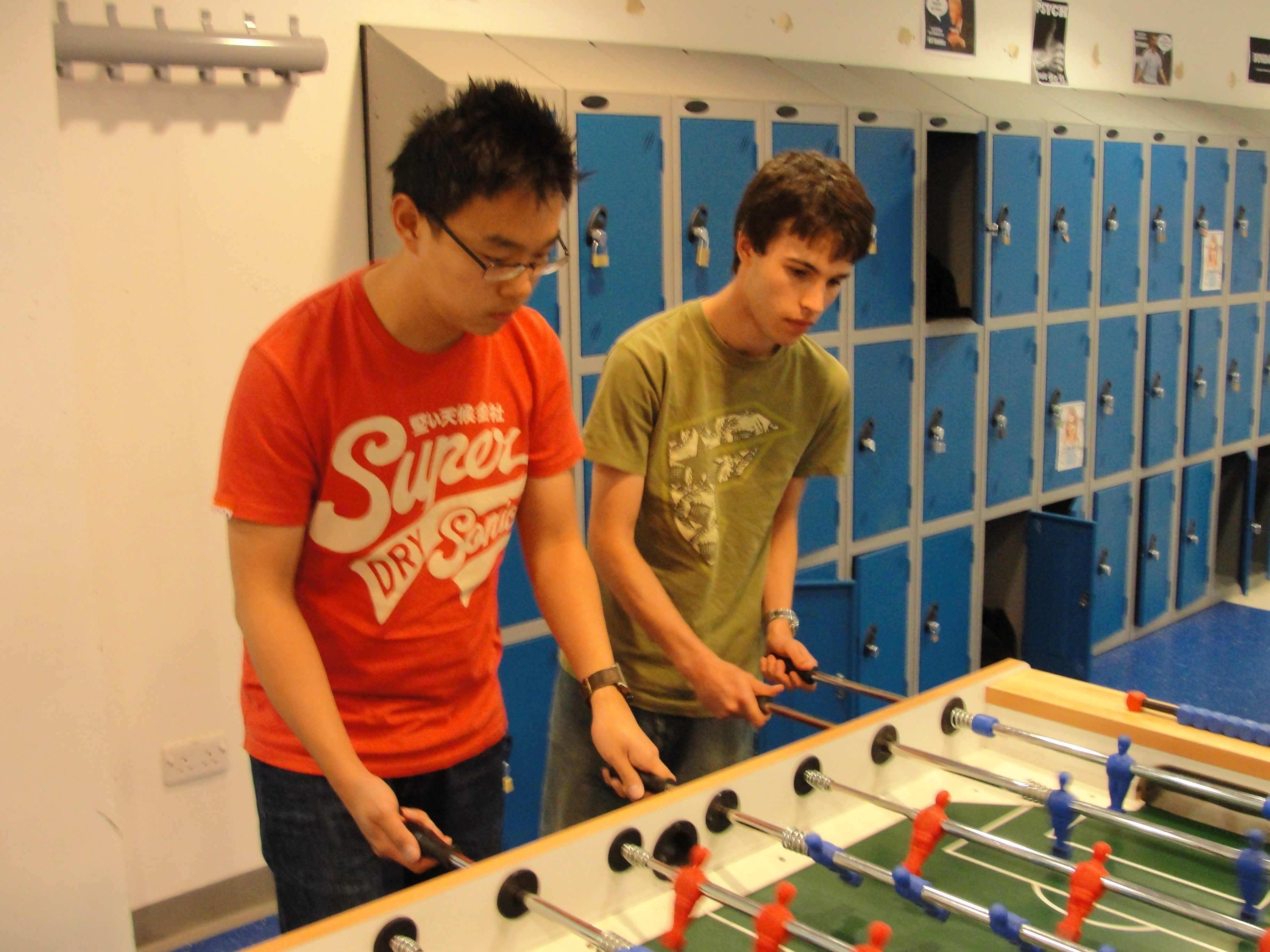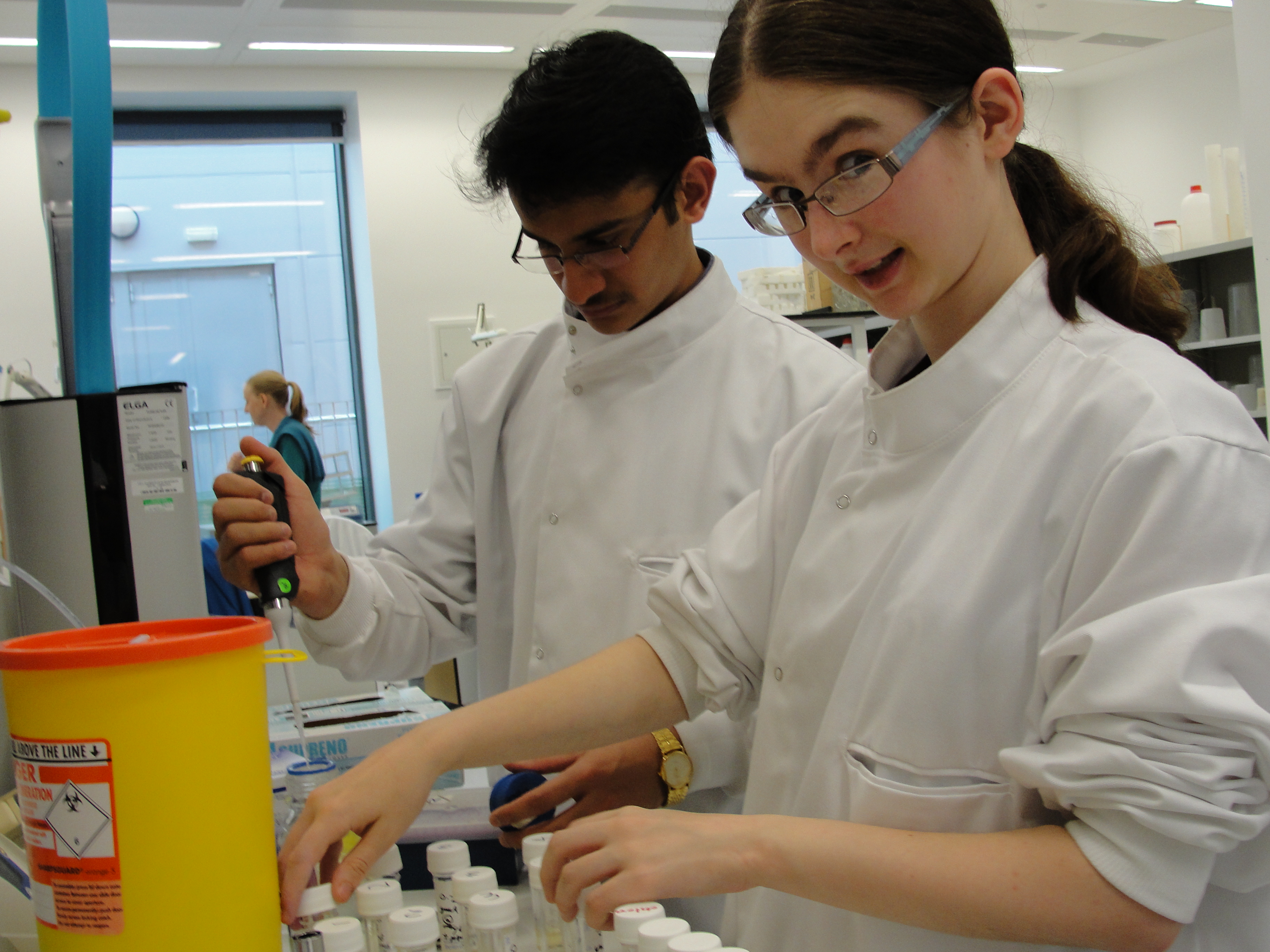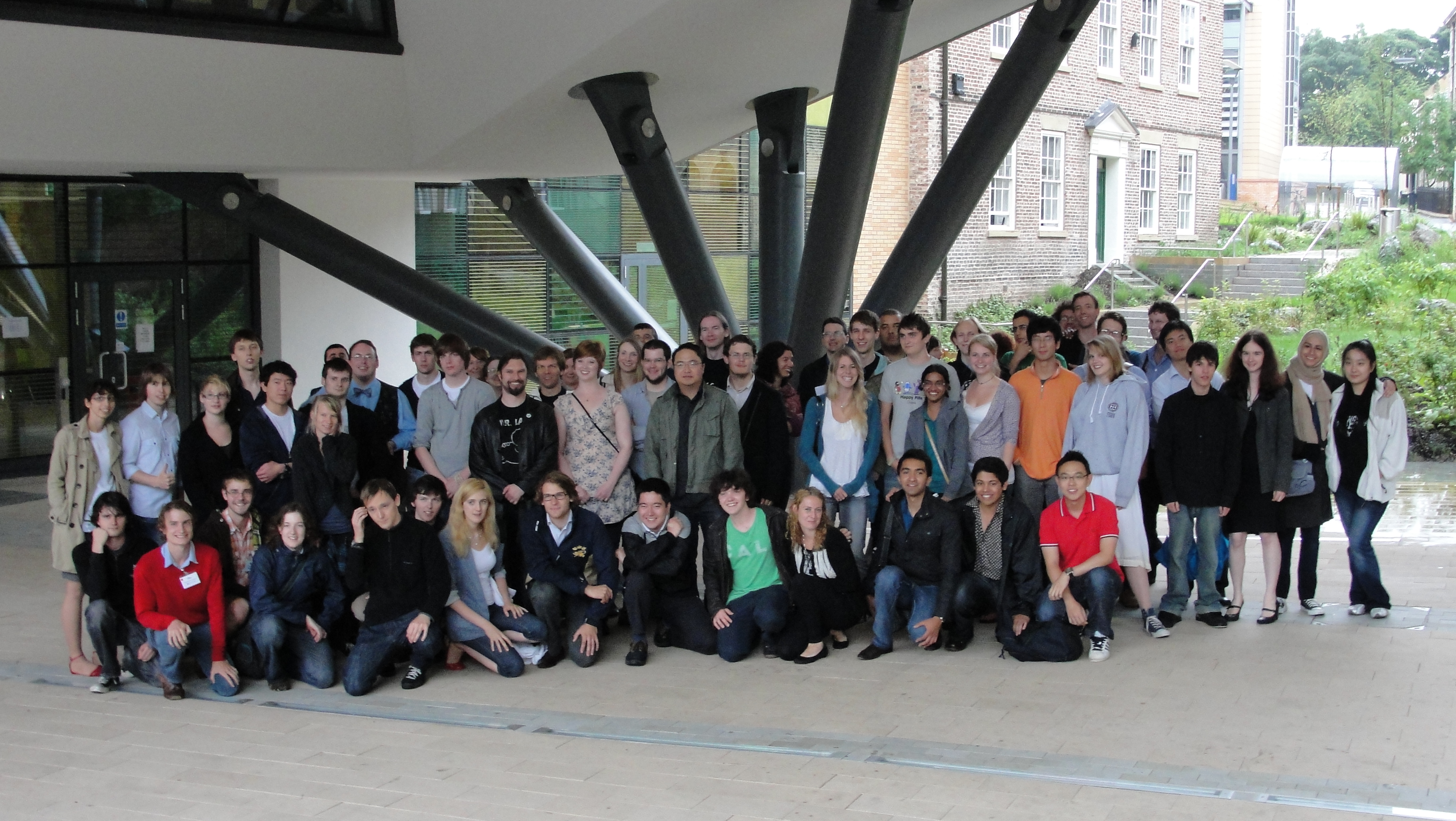|
|
| (111 intermediate revisions not shown) |
| Line 1: |
Line 1: |
| | {{Team:Newcastle/mainbanner}} | | {{Team:Newcastle/mainbanner}} |
| | | | |
| - | =='''UK iGEM Get Together'''==
| + | ==Photos== |
| - | | + | |
| - | ===Programme===
| + | |
| - | | + | |
| - | [[Media:Programme_for_UK_Gathering_at_Newcastle.pdf|The Programme for UK Gathering at Newcastle]]
| + | |
| - | | + | |
| - | ===Presentation===
| + | |
| - | | + | |
| - | [[Media:Final presentation 8.0!.pdf|Our Presentation for the UK Gathering at Newcastle]]
| + | |
| - | | + | |
| - | Questions asked about our presentation:
| + | |
| - |
| + | |
| - | #Would this project require us to change the strength of the filamentous cells in relation to different types of concrete?
| + | |
| - | #What is the strength of filamentous cells? How do filamentous cells actually help to fill up the cracks?
| + | |
| - | # How can repairing microcracks in concrete help to prevent a building collapsing in an earthquake?
| + | |
| - | | + | |
| - | ===Photos===
| + | |
| - | | + | |
| - | ====Presentation Photos====
| + | |
| | | | |
| | ====Team Photos==== | | ====Team Photos==== |
| | + | {| |
| | + | |[[Image:teamnewcastlephoto1.jpg| 300px]] |
| | + | |[[Image:teamnewcastlephoto2.jpg| 300px]] |
| | + | |[[Image:Newcastle iGEM Teampic.jpeg| 300px]] |
| | + | |} |
| | | | |
| - | ====Team Building Photos==== | + | ====Random Photos==== |
| | | | |
| - | ====Random Photos====
| + | [[Image:newcastle_funny1.jpg|200px]] [[Image:newcastle_funny3.jpg|300px]] [[Image:newcastle_funny5.jpg|300px]] [[Image:newcastle_funny4.jpg|300px]] [[Image:newcastle_funny2.jpg|300px]] [[Image:newcastle_funny6.jpg|300px]] |
| | + | [[Image:newcastle_funny7.jpg|300px]] [[Image:newcastle_funny8.jpg|300px]] [[Image:newcastle_funny9.jpg|300px]] |
| | | | |
| - | ==Awards== | + | ====Hoppings Photos==== |
| | | | |
| - | [[Team:Newcastle/Medals| Aims and Medals]] | + | {| style="width:100%;" cellpadding="4" cellspacing="4" border="0" |
| | + | |- |
| | + | |style="background-repeat: no-repeat; background-color: #ffffff; height:200px; width:300px"|[[Image:Newcastle_iGEM_funfair.jpeg]] |
| | + | |style="background-repeat: no-repeat; background-color: #ffffff; height:200px; width:300px"|[[Image:Newcastle_iGEM_funfair2.jpeg]] |
| | + | |style="background-repeat: no-repeat; background-color: #ffffff; height:200px; width:300px"|[[Image:Newcastle_iGEM_funfair3.jpeg]] |
| | + | |- |
| | + | |} |
| | | | |
| | | | |
| | | | |
| | + | =='''UK iGEM Get Together'''== |
| | + | [[UK_Meetup_2010#UK_iGEM_get-together.2C_Newcastle.2C__20th_and_21st_July.2C_2010| UK get together]] |
| | | | |
| - | ==Ethics== | + | [[Image:newcastle_ukget.jpg|800px|centre]] |
| | + | ====Programme==== |
| | | | |
| - | ===Synthetic Biology: Background===
| + | [[Media:Programme_for_UK_Gathering_at_Newcastle.pdf|The Programme for UK Gathering at Newcastle]] |
| | | | |
| - | Synthetic biology is a new research field that has a big potential in coming up with solutions for our everyday life. However, ethical issues have been raised since the start of development in this field. Here we discuss about the ethical issues that our project would bring.
| + | ====Presentation==== |
| | | | |
| - | ====Biohackers====
| + | [[Media:Final presentation 8.0!.pdf|Our Presentation for the UK Gathering at Newcastle]] |
| | | | |
| - | In this field, there are always people that use synthetic biology in a negative aspect, like producing pathogens to be used as weapons to kill. They hack into systems to obtain data that might be useful for their research to aid in their work. Therefore, we have to be very careful with the products of our research so that they remain safe in our hands.
| + | ====Questions==== |
| - | | + | |
| - | ====Playing God!!!==== | + | |
| - | | + | |
| - | | + | |
| - | <span style="color:#800080"> In synthetic biology, we control the lives of bacteria. We insert proteins into bacteria to quote for everything that we want them to do. We make them kill themselves at the end of their job because they might be released into the environment and be harmful to other living things. It shows that we do not really treat the single-celled organism as life. However, we are coming up with a novel solution for the environment by healing concrete cracks.</span>
| + | |
| - | | + | |
| - | ====Biosecurity====
| + | |
| - | | + | |
| - | Bacteria might be harmful to the environment and living things around. Considering the fact that they are such small organisms and could not be spotted with the naked-eye if they are released in air, we make them kill themselves with the ‘kill switch’ biobrick. This can be very inconsiderate standing in a bacteria’s point of view, but it is the novel thing to do to avoid them hurting other living organisms.
| + | |
| - | | + | |
| - | ===Construction: Background===
| + | |
| - | | + | |
| - | ====Environmental Disaster====
| + | |
| - | | + | |
| - | Concrete is a very widely used material in construction. Some building structures have to be demolished because the cracks formed appear to be threatening the strength of the structures. These buildings have to be rebuilt in order to reinforce its tensile strength. This is an unsustainable method of recovery because cement is a material that requires a lot of energy to be produced. In the production of cement, the rotating kiln requires the temperature to be between 1350°C-1400°C, which not only uses up a lot of energy resources, but also produces a lot of carbon dioxide. These carbon dioxide contributes to the green house effect which then leads to global warming. Therefore, our project can help to reduce renovation of buildings which in turn lowers the amount of cement that has to be produced each year.
| + | |
| - | | + | |
| - | ====Post-Chernobyl Disaster====
| + | |
| - | | + | |
| - | The nuclear power plant combustion that occurred in Chernobyl on 26 April 1986 has allowed radioactive elements to be released into the environment, threatening the health of people living within close proximity of the plant. Therefore, a shelter, the Shelter Implementation Plan (SIP) which will be completed in 2012 is currently being built to cover up the area that where the accident occurred so as to make it environmentally friendly. However, if cracks were to form, something that inevitably occurs for building structures, those radioactive elements will still be dispersed into the environment. With the help of our project, those cracks will be able to be filled-up and the area will be safe again.
| + | |
| - | | + | |
| - | | + | |
| - | ==Health and Safety==
| + | |
| - | | + | |
| - | ===Laboratory===
| + | |
| - | | + | |
| - | In iGEM, lab work is essential for the construction and characterization of numerous BioBricks, required for our project. However, in order to work safely in the lab, a Health and Safety assessment must be carried out in order to prevent any harm exposure, chemically (chemicals), biologically (bacteria/yeasts/fungi) and physically (machineries).
| + | |
| - | | + | |
| - | Our lab work for the summer is situated in the Centre for Bacteria Cell Biology (CBCB) in Newcastle University. The facility is regarded as Biosafety level 1, which is explained below:
| + | |
| - | | + | |
| - | * Involves working with well-characterised agents, e.g. non-pathogenic ''E. coli''
| + | |
| - | * Does not normally cause diseases in healthy individuals
| + | |
| - | * Bio-hazardous materials are kept minimal, e.g. gloves and sometimes facial protection against U.V light
| + | |
| - | * The laboratory is not separated from the building
| + | |
| - | * Contaminated materials are left in open rubbish containers
| + | |
| - | * All lab materials are decontaminated by autoclave
| + | |
| - | | + | |
| - | | + | |
| - | Our project does not actually consist of hazardous agents. The focus of the project is to use ''Bacillus subtilis'', which is not known to be a human pathogen, although rarely causes food poisoning when contaminated into food.
| + | |
| - | | + | |
| - | | + | |
| - | Here is a list of lab Health and Safety notes:
| + | |
| - | | + | |
| - | | + | |
| - | '''GENERAL'''
| + | |
| - | | + | |
| - | * Always work with another person if the agents are hazardous
| + | |
| - | * No smoking, drinking or eating in the lab
| + | |
| - | * Benches should be kept clean and free of space
| + | |
| - | * Close bottle lids after use every time
| + | |
| - | * If spillages occur, clean up immediately
| + | |
| - | | + | |
| - | | + | |
| - | '''PERSONAL PROTECTION'''
| + | |
| - | | + | |
| - | * Lab coat should be worn at all times in the lab (buttoned up) and wear goggles and gloves when required
| + | |
| - | * U.V protection must be worn when working involving U.V
| + | |
| - | * Long hairs must be tied back
| + | |
| - | | + | |
| - | '''HYGIENE'''
| + | |
| - | | + | |
| - | * Wash hands after entering, and before leaving the lab thoroughly
| + | |
| - | * Do not touch or put anything into your mouth
| + | |
| - | | + | |
| - | | + | |
| - | '''EMERGENCIES'''
| + | |
| - | * Always know the location of fire exits and fire extinguishers, as well as first aid kits
| + | |
| | | | |
| | + | Questions asked about our presentation: |
| | + | |
| | + | #Would this project require us to change the strength of the filamentous cells in relation to different types of concrete? |
| | + | #What is the strength of filamentous cells? How do filamentous cells actually help to fill up the cracks? |
| | + | # How can repairing microcracks in concrete help to prevent a building collapsing in an earthquake? |
| | | | |
| - | '''STORAGE AND DISPOSAL''' | + | For answers to these questions see [[Media:Concrete.pdf|Deena's concrete lecture]] |
| | | | |
| - | * Pipette tips, broken glasses, tube should be thrown into sharps bin
| + | ==Attribution and Contribution== |
| - | * Used cylinders should be auto-claved
| + | |
| | | | |
| - | ===Environment===
| + | [[Team:Newcastle/Attribution and Contribution|Attribution and Contribution]] |
| | | | |
| - | The main problem in our project is that ''Bacillus subtilis'' may escape to the environment when we use them to spray onto the buildings. Even though the bacterium is not a human pathogen, it may still cause food contamination and rarely food poisoning. To overcome this problem, we plan to devise a kill-switch, which targets specifically ''Bacillus subtilis'' strains, and hopefully, making the project environmental friendly.
| + | {{Team:Newcastle/footer}} |

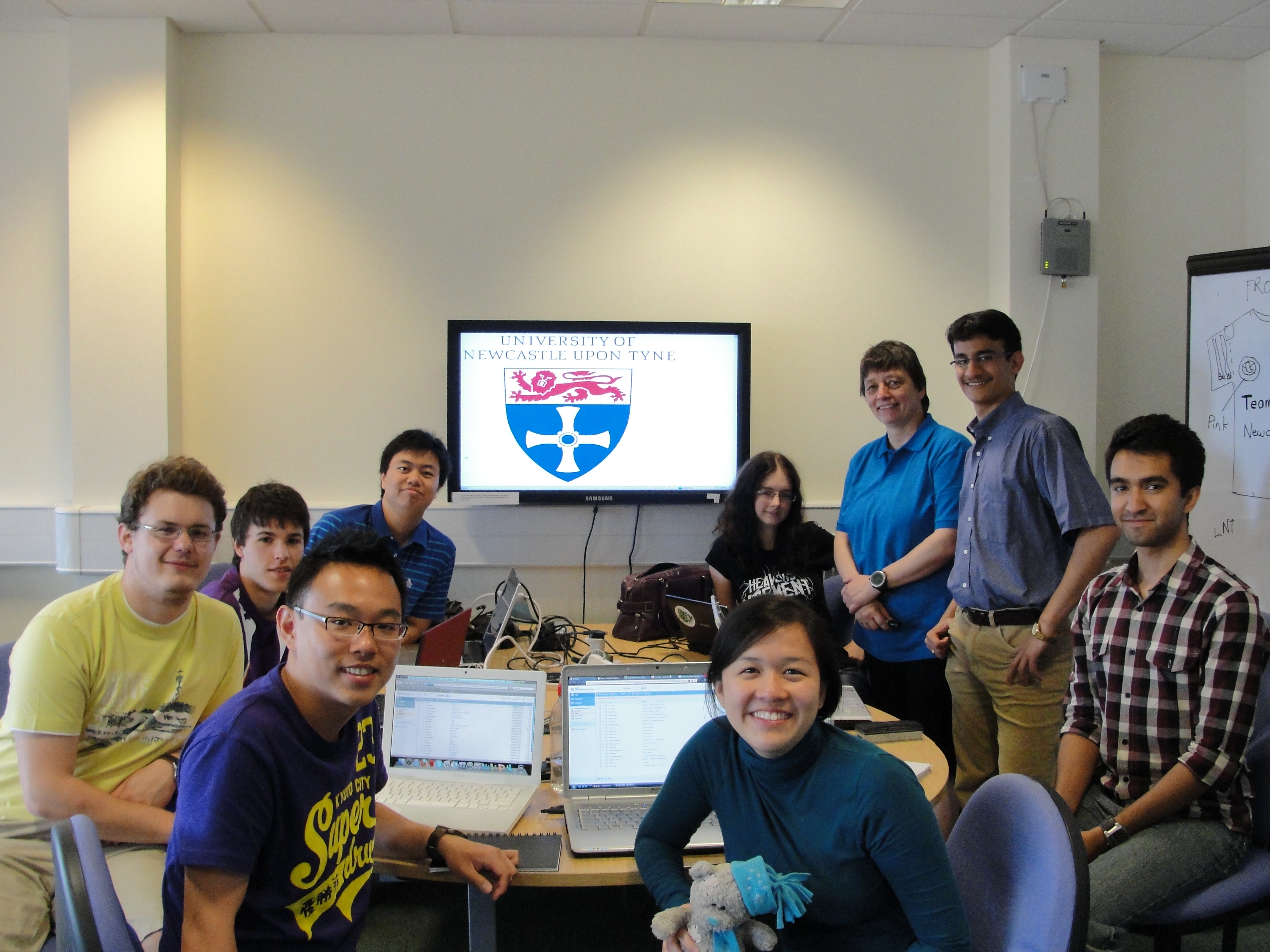

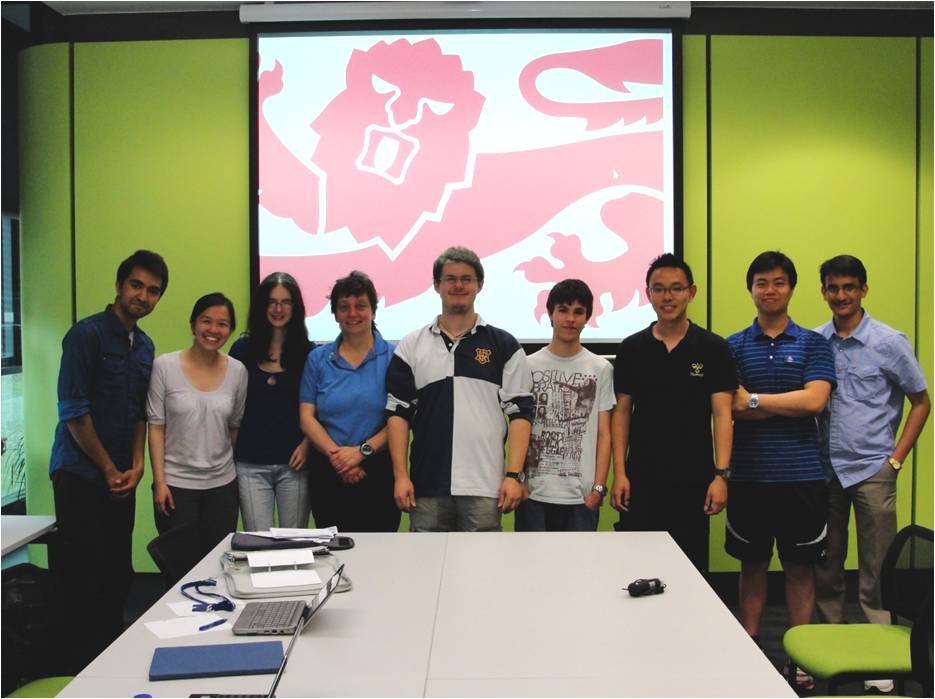

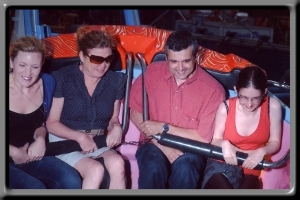



 "
"
